Things you should know about the hijab, especially in Egypt and Iran
Hijab was obligatory for free women
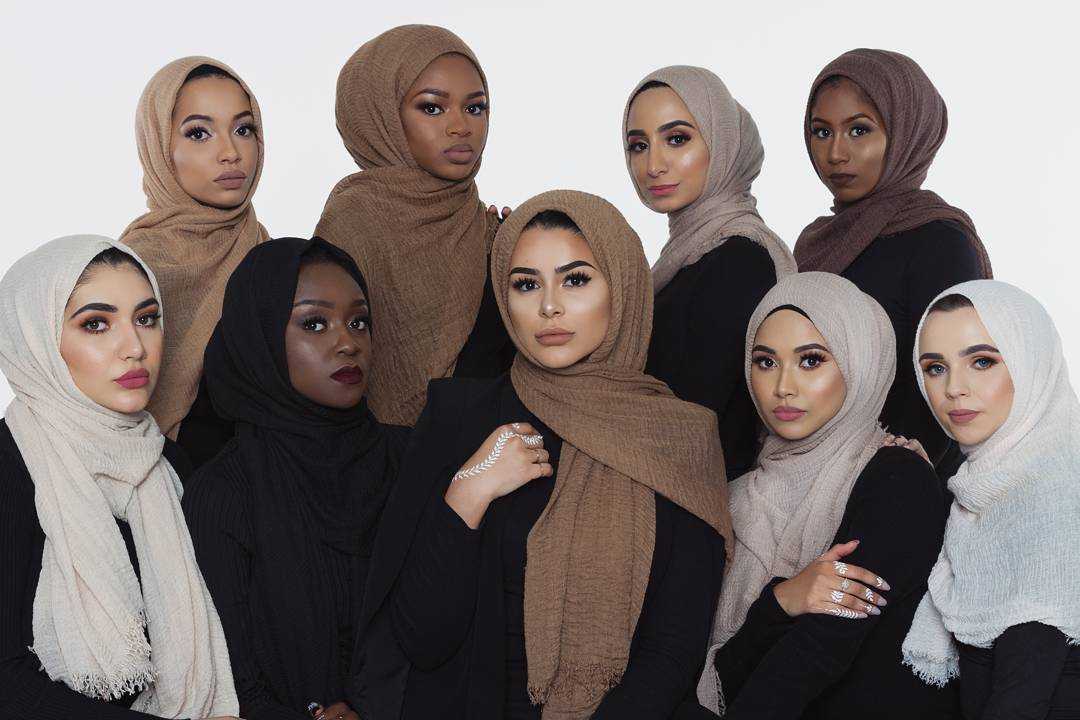
The veil played a major role in the Abrahamic religions, not just Islam. Although it is linked in the global collective mind to the religion of Islam, it is not like that, as the veil was an integral part of women's clothing in other religions. Over time, the form of the veil has changed a lot in Islamic countries. And Arabia, where each country has its own different identity in the form of the veil worn by women, we will learn together in this article about things that must be known about the veil.
Women's veil in ancient societies
The Jordanian writer Ayoub Abu Dayyah talks in his book “The Veil in History” about everything related to the veil, starting with the history of the Assyrians in the twelfth century BC, where he confirms that the veil was obligatory for free women in Assyria. Abu Dayyah summarizes the reasons for women’s veiling in ancient societies, which are:
- Religious legislation associated with rituals, priests and myths.
- Establishing the concept of distinction between the classes of the people.
- Lack of security and stability.
- Conquest and its consequences, such as captivity of women.
- The emergence of patriarchy and private property where women and slaves were considered part of the private property.
Women in Babylon wore loose, colorful clothes and adorned themselves with jewels and ornaments. This change can be linked to stability, luxury, security, and other advantages enjoyed by the Babylonian civilization at that time in human history.
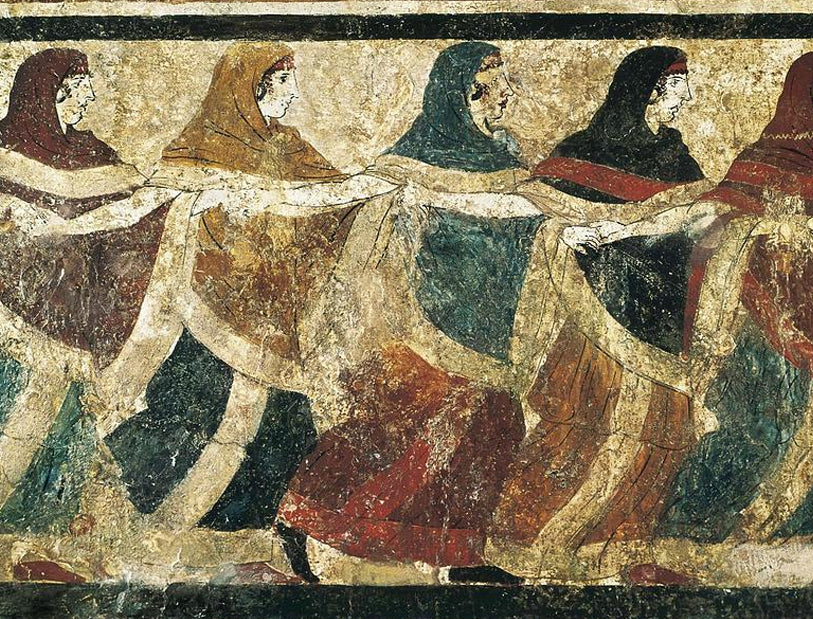
Women's veil in monotheistic religions
Although women in Judaism used to wear the veil, the Christian religion is the first religion that imposed the veil on women, and after that it became part of the history of the three monotheistic religions. Although the veil, when it appeared in the Arabian Peninsula, was just a covering for the head and neck, its shape changed over and over, so that each country had its own cultural form of the veil, which differs from the rest of the countries.
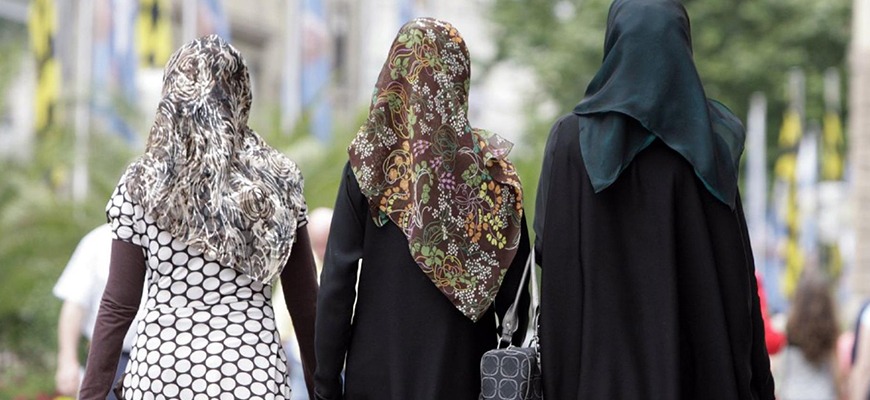
Hijab in Iran
After the outbreak of the Islamic Revolution in Iran in 1979, the veil was imposed on Iranian women through several stages. Two months, that's in addition to receiving 74 lashes."
However, in Iran, widespread protests took place regarding the hijab, especially after the death of the young Iranian woman, Mahsa Amini, on September 16, 2022, after she was detained for 3 days by the morality police on charges of not adhering to the rules of hijab, an incident that marked a milestone in Iran, as many Iranian women took off the hijab in Public places, refusing to force women to wear what the authority deems appropriate.
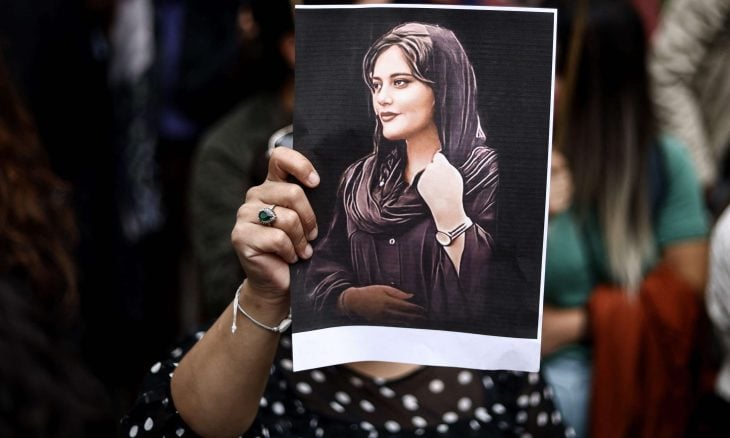
Hijab in Egypt
Hijab is not just a religious symbol and a dress for Muslim women that expresses their religious convictions, but it also embodies part of the social phenomenon through which society's changes, intellectual fluctuations and cultural convictions can be achieved. In Egypt, for example, the shape of the veil has changed over the years. At first, Malaya women wore the wrap, the burqa, the yashmak, and the bisha, as the burqa was the most widespread outfit among the middle classes, while the yashmak was restricted to upper-class women.
In the late nineteenth century and with the beginning of the twentieth century, the Egyptian society witnessed many political and social developments, especially with the entry of the French occupation, and from here there were demands to take off the veil and abandon the burqa. One of its most important pioneers was Qasim Amin, who wrote his widely circulated book “Women’s Liberation.”
The third decade of the twentieth century was in Egypt without the veil, but after the setback of July 1967 and the decline of the Egyptian national project, calls emerged for the need to draw closer to God in order to overcome the feeling of defeat, and the veil began to spread in Egypt again, especially after large numbers of Egyptians traveled to the Gulf and were affected Wahhabism and the form of the veil in the Gulf countries, which was embodied in the veil.
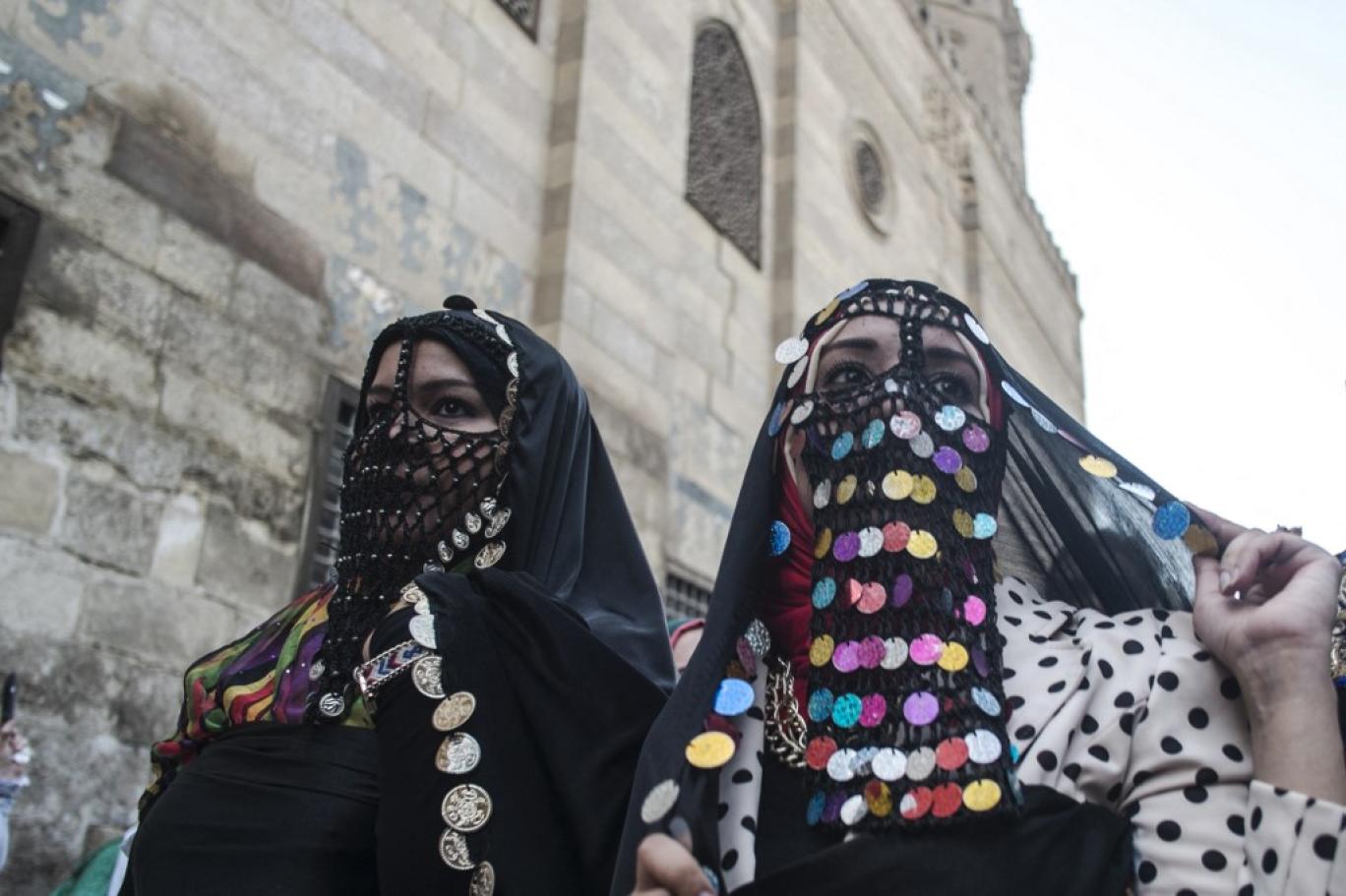

17 practical ways to stop eating emotional, according to Nutritionists

8 myths about nutrition in which it is dangerous to believe
